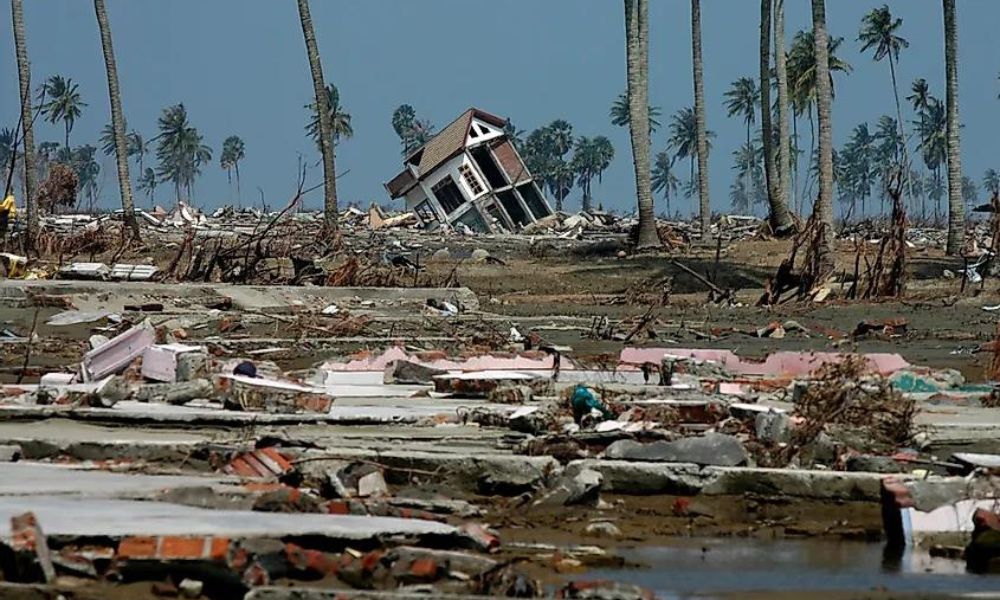
Earthquakes are natural phenomena that have fascinated and terrified humans for centuries.
While they are often associated with destruction and disaster, earthquakes also play a significant role in shaping the Earth's landscape.
In this blog, we will explore the fascinating ways in which earthquakes contribute to the ever-evolving features of our planet.
|
Are you a Tax Lawyer in USA? |
Plate Tectonics: The Earth's Puzzle Pieces
To understand the role of earthquakes in shaping the Earth's landscape, we must first delve into the concept of plate tectonics.
The Earth's outer shell, called the lithosphere, is divided into several massive plates that "float" on the semi-fluid asthenosphere beneath them.
These plates are constantly in motion, and it's at their boundaries where the majority of earthquakes occur.
Faults: Earthquake Factories
At plate boundaries, there are three main types of interactions: convergent, divergent, and transform.
These interactions create faults—cracks or fractures in the Earth's crust where stress builds up and is eventually released in the form of an earthquake.
The most famous fault line, the San Andreas Fault in California, is a transform boundary where the Pacific Plate and North American Plate grind past each other, causing frequent earthquakes.
Uplift and Subsidence
Earthquakes can lead to both uplift and subsidence of the Earth's surface. During an earthquake, the ground may suddenly rise or fall due to the movement along fault lines.
This vertical motion can result in the creation of cliffs, valleys, and even mountains.
The Himalayas, for instance, continue to rise as the Indian Plate collides with the Eurasian Plate, generating massive earthquakes and shaping the world's tallest mountain range.
Creation of Fault-Scarps
Fault-scarps are large, often steep, linear features created by the displacement of the Earth's surface during an earthquake.
These scarps can dramatically change the landscape. For instance, the 2001 Bhuj earthquake in India caused a fault-scarp that raised the ground by as much as 25 feet, altering the region's topography.
Formation of Earthquake-Induced Lakes
Sometimes, earthquakes can create lakes. When a fault moves horizontally, it may block the path of a river, forming a natural dam.
Over time, water accumulates behind the dam, leading to the formation of a lake. An example is the Hebgen Lake in Montana, USA, which was formed by the 1959 Hebgen Lake earthquake.
Coastal Changes
Submarine earthquakes, which occur beneath the ocean, can also influence the Earth's landscape.
These underwater quakes can lead to tsunamis, which can reshape coastlines by eroding beaches and depositing sediments.
Over time, tsunamis contribute to the evolution of coastal landforms.
Earthquake-Triggered Landslides
Earthquakes can also trigger landslides, especially in hilly or mountainous regions.
These landslides can bury valleys, reshape hillsides, and alter drainage patterns, leaving a lasting imprint on the landscape.
Conclusion
Earthquakes, while often seen as destructive events, are an integral part of the Earth's geological processes.
They continuously shape the planet's surface by creating faults, uplifting mountains, forming lakes, and influencing coastal features.
Understanding the role of earthquakes in landscape evolution reminds us of the dynamic and ever-changing nature of our world.
While we must remain vigilant and prepared for seismic activity, we can also appreciate the beauty and wonder that these geological events bring to our planet.